 Safety/Quality
Safety/Quality
Study: Preoperative dexmedetomidine stabilizes vitals in anxious GI cancer patients

Editor's Note Low-dose dexmedetomidine effectively stabilizes blood pressure and heart rate during key perioperative stages in gastrointestinal tumor patients with moderate to severe anxiety, according to a July 1 study published in BMC Psychiatry. Researchers enrolled 100 patients undergoing elective laparoscopic gastrointestinal tumor resection. Anxiety levels were measured using…
Neuromodulation gaining momentum as a transformative force in neuro care

Editor's Note Neuromodulation is shifting from the margins to the forefront of neurological treatment, offering real-world potential to transform care for conditions like epilepsy, Parkinson’s disease, and substance use disorder. As reported by Medical Device Network on May 19, the field is seeing accelerated innovation and investment, with global market…
Oregon tightens control on physician practice ownership, indirectly impacting office-based surgery

Editor's Note Oregon has enacted the nation’s strictest law yet to curb corporate control of physician practices, a move that could indirectly affect office-based surgery (OBS) centers structured as medical clinics. As reported by Modern Healthcare on June 13, the new law reinforces the state’s corporate practice of medicine doctrine…
ASC adaptability depends on properly structured leadership

Takeaways • Different types of ASC leadership structures can be adapted to meet organizational needs. • Regulations, accreditation standards, size, and ownership types are examples of factors influencing the leadership structure. • Ongoing success of the ASC leadership team depends on factors such as governing body diversity and strategic planning.…
Mobile ORs can change the game, bridge gaps in surgical care
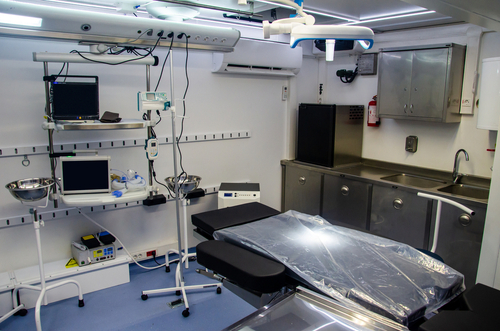
Imagine an innovative, safe, and highly efficient OR not confined by walls but on wheels—crossing rugged terrains, bustling cities, and disaster-stricken areas to deliver life-saving surgical care in underserved areas. That is the premise and promise of mobile ORs. They are not just mobile units. With some of the technological…
Hidden head injury hazards expose cracks in OR safety culture
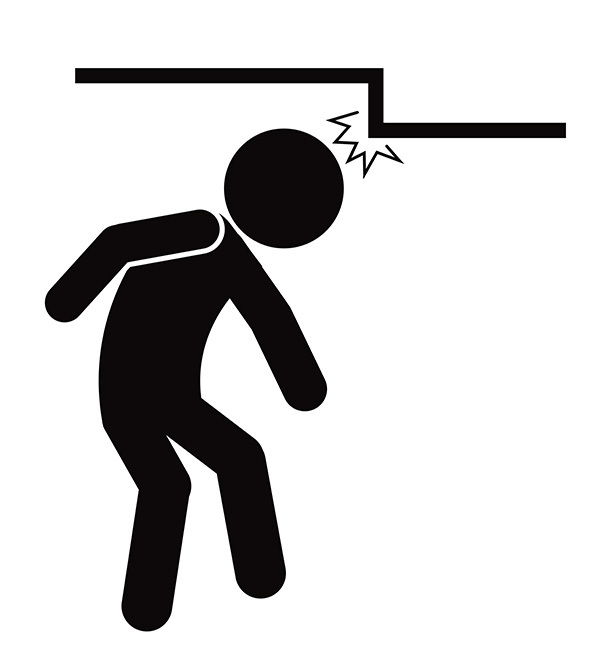
One of the most sobering moments in the career of anesthesiologist Cornelius Sullivan, MD, occurred not as a caretaker in the OR, but as a patient in the emergency department. Having been knocked out cold by a low-hanging monitor during a surgical procedure at Boston Children’s Hospital, he had to…
FDA designates Class 1 recall for angiographic catheter
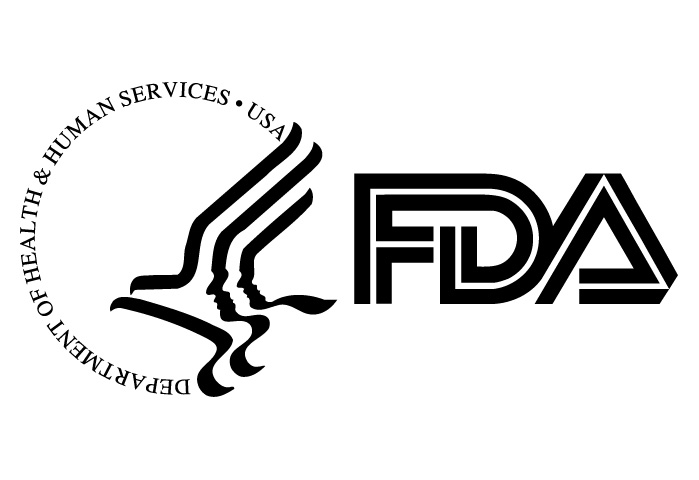
Editor's Note The US Food and Drug Administration (FDA) has designated Cook’s recent recall of the Beacon Tip 5.0 Fr Angiographic Catheter as a Class 1, the most severe category indicating serious risk of injury or death. The recall was reportedly motivated by reports of tip separation both prior to…
Study: Night shifts increase asthma risk for women
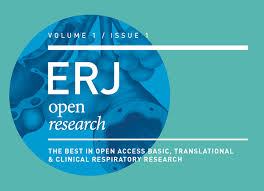
Editor's Note Women who work night shifts are around 50% more likely to have moderate or severe asthma compared to women who work only during the day, according to findings published in ERJ Open Research. As detailed in a June 15 announcement from the European Respiratory Society, the study analyzed…
The Joint Commission announces accreditation overhaul
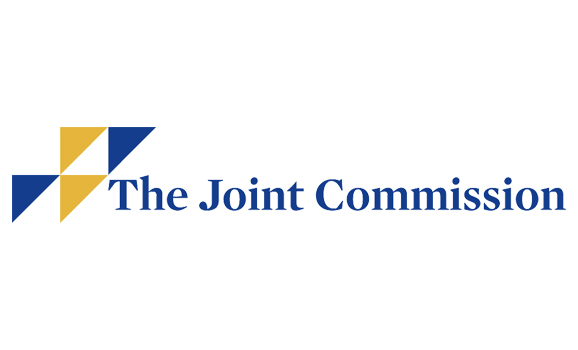
Editor's Note The Joint Commission has launched a major redesign of its healthcare accreditation and certification programs with Accreditation 360: The New Standard. According to a June 30 announcement, the new framework introduces outcome-focused performance tools, eliminates hundreds of requirements, and promises to made standards publicly accessible. Reportedly supported by…
Deadline extended for OR Manager Awards nominations

Editor's Note The nomination deadline for the 2025 OR Manager Awards has been extended to July 30, providing extra time to recognize the perioperative leaders who inspire you most. Each year, the OR Manager of the Year, PACU Leader of the Year, and Ambulatory Nurse Leader of the Year are…

 Free Daily News
Free Daily News